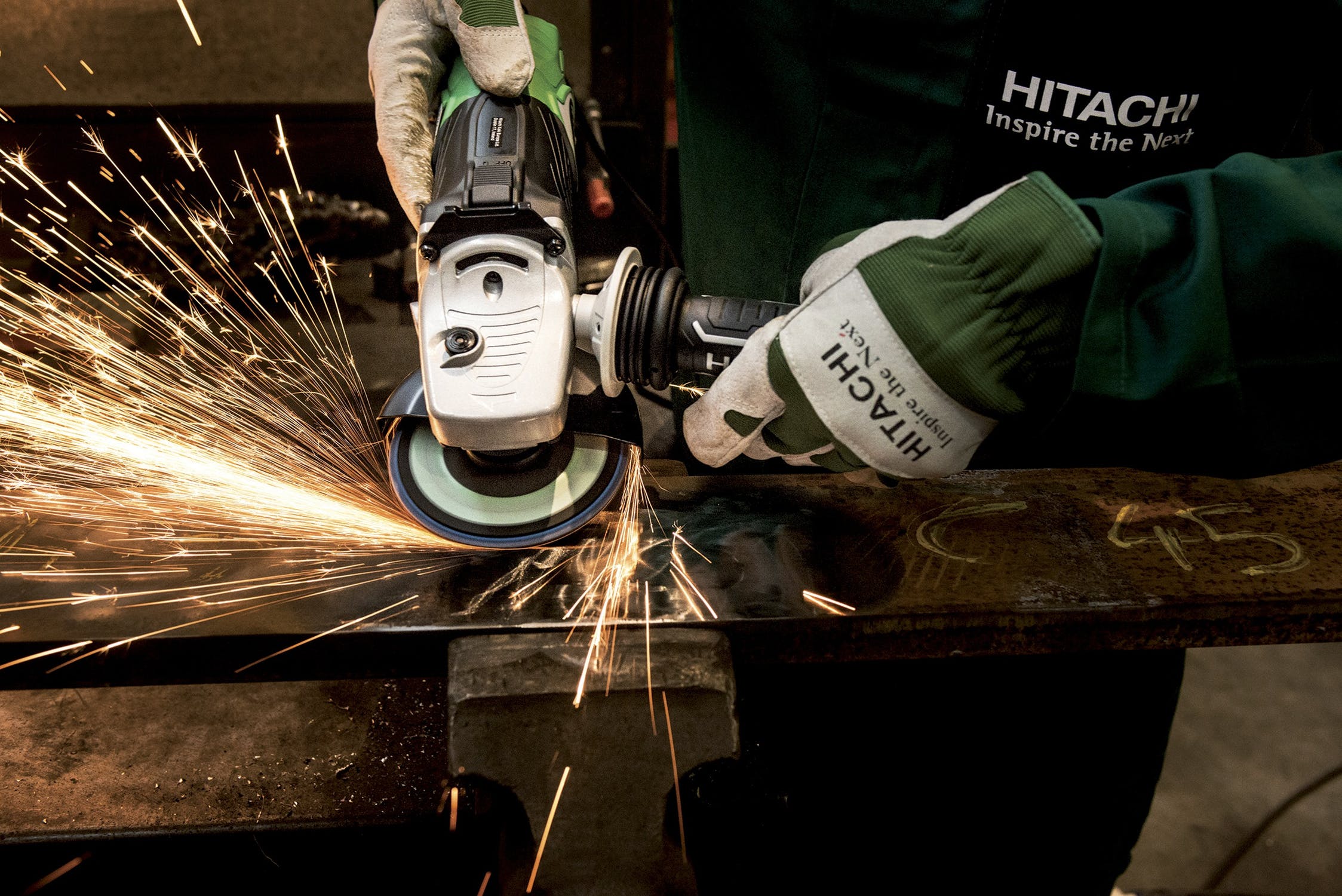Most Common Construction Site OSHA Violations
According to OSHA, out of the 4674 worker fatalities in 2017, 20.7% of them were in construction and 166 of them are due to improper confined space entry. That works out to about 1 in 5 deaths being in construction. Construction is one of the most dangerous jobs ordinary Americans can work, but it does not have to be. With proper compliance with OSHA standards, hundreds of lives could be saved every year. OSHA states that eliminating the top four most common violations in construction would save an estimated 582 lives per year. It does not help that OSHA health inspections in construction were only 1/3 of what they had performed in other industries. By the CPWR’s (Center For Construction Research and Training) findings, the inspections only accounted for less than seven percent of total inspections.
Here are the most common OSHA workplace violations in construction
Fall Protection
Falls, they account for nearly 40% of all total deaths in construction. Fall-related deaths are increasing in 2019. The CPWR cites in its main findings that the post-recession boom of construction jobs is outpacing the current implemented plans on information dissemination regarding safety. Smaller companies that are cropping up are failing to comply to OSHA standards or making simple mistakes that result in fall-related deaths due to negligence. Such mistakes are simple safety errors regarding equipment or objects in the environment. Here are a few tips to avoid falls at work:
- Wear a harness and make you are fastened properly.
- Take advantage of any guard rails or equipped lifelines—they are there to help stabilize you.
- Any equipment you are using to mitigate fall damage should be inspected upon use.
- Lastly, do not ignore any openings or obstructions on the path. Take the time to cover these or clear them out instead of cutting corners (literally) to save time by working around them.
Construction workers erect the buildings we see day to day, it is only natural that falling is the most common cause of workplace injury or fatality. If a majority of workplace deaths are fall deaths, then it stands to reason that scaffolding safety is perhaps the first and most obvious place to enact safety protocols.
Scaffolding
When dealing with scaffolding, first ensure that all scaffolds are fully planked and do not have gaps or awkward portions jutting out which could potentially trip workers. You trust your life to scaffolds, so be sure to inspect them before use every single time. Scaffolds are not storage areas, do not overload scaffolding with materials that could cause splintering or fracturing which could create uneven terrain.
Ladders
You would think something as one dimensional as a ladder would not be the cause of so many violations, but it is perhaps the simplicity and the sheer utility of the ladder which lends itself to that. Ladders are used in simple actions where you need that bit of extra reach. In many instances where something quick and minor needs to be done, many workers will forego the diligence to grab the right ladder for the job and instead will utilize a ladder that is not the appropriate size for the job. In many instances, workers will use a shorter ladder than what they require and will mistakenly believe that simply having someone brace the bottom will be satisfactory for safety. This could not be far from the truth, as the person on the ladder will be stepped up too high or standing on top of the ladder itself causing a fall due to loss of balance.
Eye, Face, and Head Protection
Protective headgear is incredibly important no matter where you are. It is even more important if you are entering a permit-required confined space, where unsuspecting workers may be entering a low oxygen atmosphere and become dizzy or lightheaded—even pass out and sustain fall damage in that manner.
SafetySense Management System
The SafetySense Management System is an easy to use cloud-based application that allows workers and supervisors to have access to work permit information without compromising security. The software will also allow you to view tracking data that contains any building information or photos of confined spaces. SafetySense Is used primarily to view and track changes to work permits and their related confined spaces. Being able to quickly find and assess this data is critical for workplace safety and safeguarding the lives of your workers. Visit our contact page or call us at 888-610-7767 to get your own cloud-based workplace safety solution.









